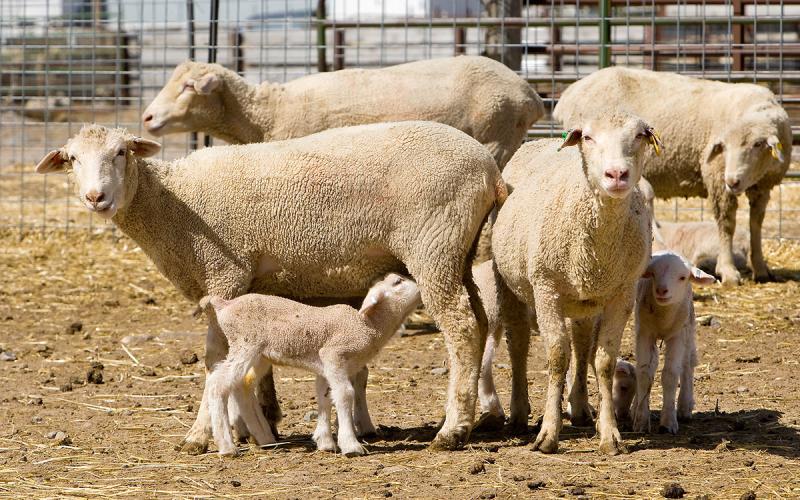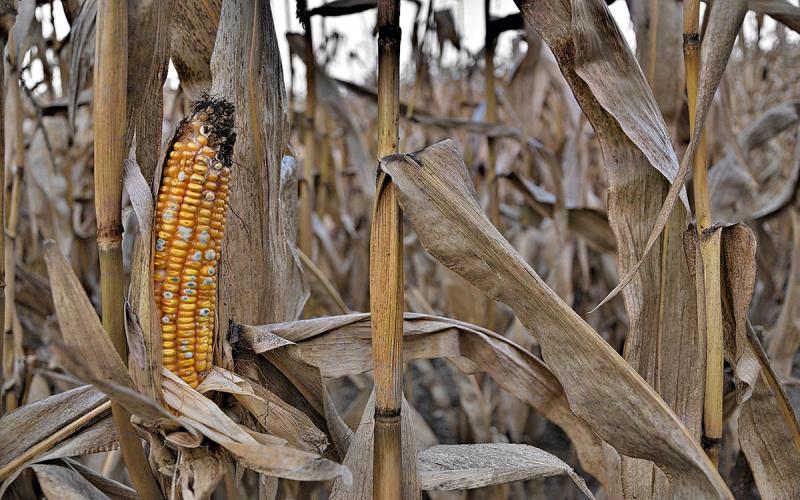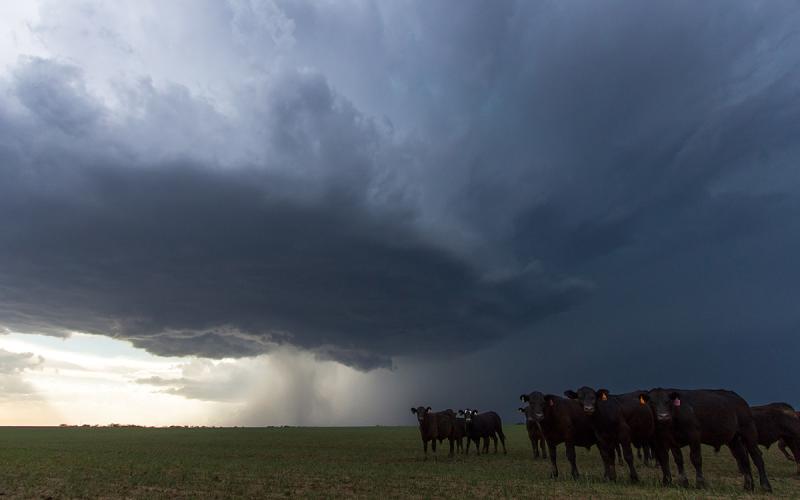Proper newborn lamb care is a critical component of flock profitability. In the U.S. lamb mortality from all causes is approximately 20% with more than 80% of those losses occurring in the first two-weeks following lambing. Yet a solid lamb care management plan coupled with a few key tools in the lambing barn can sharply improve the number of lambs reared per-ewe. Generally, the top causes for newborn lamb losses are starvation, hypothermia (cold stress), respiratory disease, and scours followed by injury. Theoretically, these categories each stand alone, however the reality is often two-or-three of these occur simultaneously. Producers that develop a lambing time-management plan to incorporate appropriate lambing tools and gain key skills on newborn lamb care will benefit from less labor input and expense with a greater number of lambs weaned.
In the winter, lambing management systems common to the Upper Midwest have simple lambing tools that can help reduce common problems with newborn lambs, including starvation, hypothermia, and injury.
Starvation
Newborn lambs should consume at least 1-2 ounces per-pound of body weight of colostrum within 12 hours of birth to gain adequate nutrients and the critical antibody properties from colostrum. The efficiency of the lamb to absorb antibodies diminishes sharply after 12 hours and by 24 hours it is near zero. Observation is the key to making sure the lamb is suckling and the ewe has a functionally sound udder. It is a common practice to use a lamb stomach tube to deliver colostrum soon following birth to assure that the lamb gets enough.
Action Plan
Use a lamb stomach tube to deliver 4 ounces of colostrum soon after birthing if the lamb has difficulty suckling. Repeat this step in 4-hour intervals if necessary. For ewes that have inadequate colostrum, keep a frozen supply of colostrum from ewes with extra milk available; then thaw, warm, and deliver. Several commercially available colostrum supplements have also been shown to be effective in the absence of ewe colostrum. Gaining the skills to use a lamb stomach tube will save more lambs and lower labor input at lambing time.
Lamb Stomach Tube
Lamb stomach tubes are commercially available devices with a 15-inch-long tube connected to either a 2-or-4-ounce syringe barrel. Simple and safe to use, they are often considered the most critical tool in the entire lambing barn to save newborn lambs.
Hypothermia (cold stress)
Newborn lambs are well-equipped to handle a cold environment due to a special type of fat reserve that they have to supply energy. Yet within a few hours following birth, this fat supply is spent and the energy from colostrum is expected to serve as the primary energy source. However, with neither energy source compounded by cold environmental temperatures, the lamb’s core temperature eventually drops, resulting in weak, unthrifty individuals with low vigor. Occasionally lambs are simply weak at the time of birth and lack the ability or desire to stand. A cold mouth is a classic sign that a lamb is experiencing hypothermia. Lambs with symptoms of hypothermia require supplemental heat to restore their core body temperature to normal (102.5 F) and a warm mouth indicates success. Administering colostrum with a stomach tube to a hypothermic lamb is very risky due to the potential of causing anaphylactic shock. In such an instance, warm the lamb first, then supply colostrum!
Action Plan
Over the past 30 years many different techniques have been used to treat lamb hypothermia. Heat lamps, warm-water baths, sending them to the house, and hot boxes using hair dryers are all somewhat effective in the short run, but each has its drawbacks. Heat lamp use in a lambing barn has a long record of being a fire hazard. Other choices require removing the lamb from the mother, posing the possibility that the ewe will not accept it after recovery. Frequently hypothermic lambs require 4-6 hours of supplemental heat to fully recover. Some 20 years ago I developed an in-pen hot box that can recover core body temperatures for hypothermic lambs while also maintaining the ewe-lamb bond. Instructions for making this box can be found below.
Constructing an In-Pen Hot Box
A standard plastic barrel (55-gallons) with a sealed top can be configured and secured in a lamb jug equipped with a pair of heat lamp hoods suspended inside. Heat is then supplied by standard 100-Watt light bulbs. Approximately 2 inches from the bottom of the barrel, cut a 15-by-15 inch opening for the lamb to enter. On the top of the barrel, cut a small hole (2 inches diameter) to allow for the electric supply and wire to suspend the heat lamp hoods. Connect wire to the hood bracket, then wrap it onto a small-diameter rod or bolt that can rest on the top. Electric cords must be protected to avoid access from the animals. Place the unit in a pen corner; ideally use several long screws to secure the barrel on two sides (both points where the wood and barrel meet). Bedding in the barrel can be towels or other material that can be easily removed for proper unit sanitation. To control the recovery process it is often necessary for lamb(s) to be secured in the barrel. Using a barrier, such as a towel, to partially close the lower unit opening allows the lamb(s) to stay warm and ensures the ewe can maintain contact for proper bonding.


